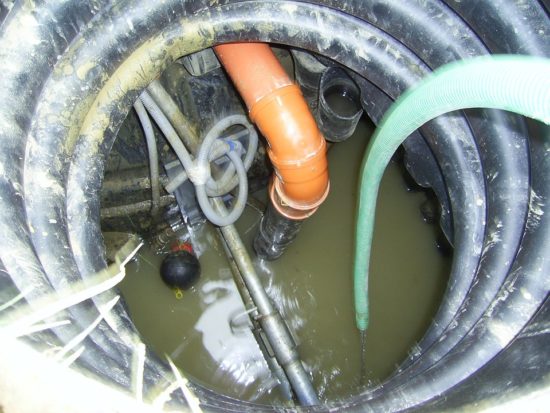ARE VICTORIAN WATER TREATMENT TECHNOLOGIES FIT FOR THE AMR ERA?
The Microbiology Society is undertaking a project entitled A Sustainable Future as part of our 75th Anniversary, which aims to highlight the Sustainable Development Goals (SDGs) to our members and empower them to use their research to evidence and impact the goals. Earlier this year, we put a call out to our members to submit case studies in the following three areas: antimicrobial resistance, soil health and the circular economy.
This case study is written by Dr Lena Ciric, who is an Associate Professor and Like Xu who is a PhD Student at University College London. Dr Lena Ciric is a member of the Microbiology Society. The case study focuses on antimicrobial resistance; a naturally occurring process, whereby micro-organisms (bacteria, viruses, fungi and parasites) can change and adapt over time, either by modifying the target of the antimicrobial, or by developing and exchanging resistance genes.
Biofiltration is a drinking water treatment technology that uses biological, as well as chemical and physical processes to purify water. The technology was developed in the early 1800s with the first treated public water supply provided by the Chelsea Waterworks Company in London. Today it is widely used across the globe in municipal treatment works operated by water utilities but can also be used at a much smaller scale serving individual households. But is this technology fit for the 21st century?
AMR NEWS
Your Biweekly Source for Global AMR Insights!
Stay informed with the essential newsletter that brings together all the latest One Health news on antimicrobial resistance. Delivered straight to your inbox every two weeks, AMR NEWS provides a curated selection of international insights, key publications, and the latest updates in the fight against AMR.
Don’t miss out on staying ahead in the global AMR movement—subscribe now!





